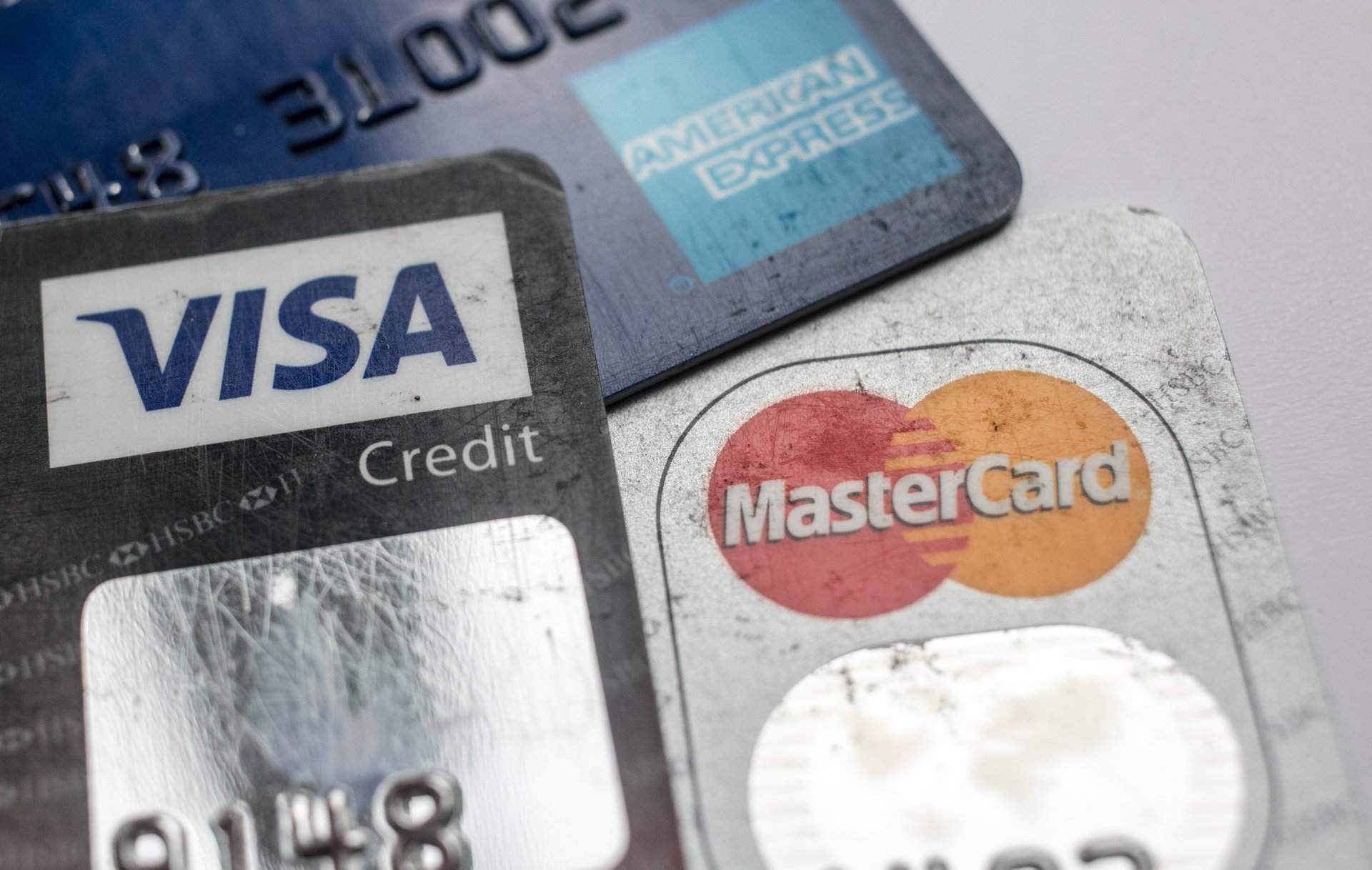High inflation is driving Americans into more debt
Saving rates are falling, credit card debt is rising, and more Americans are looking for a second job

US inflation cooled off in October, coming in below economists’ expectations. But it remains high: Consumer prices rose 7.7% last month compared to the same period last year, according to data released Thursday.
While higher prices haven’t put a big dent on spending—so far—they are forcing Americans to find other ways to stretch their paychecks. Other recently released data point to consumers relying more on credit cards and looking for additional jobs, a return to pre-pandemic habits federal covid-19 aid had helped them break.
Credit card debt is rising
Consumer borrowing, which collapsed in the initial months of the pandemic, has been growing more quickly in recent months. US consumer credit, which includes everything from credit card debt to car loans, is higher than it has ever been, jumping nearly 14% since May 2020.
“Americans are borrowing more, but a big part of the increased borrowing is attributable to higher prices,” wrote researchers at the New York Fed.
At the same time, consumers are facing higher interest rates as the US Federal Reserve tries to tame inflation. Average credit card rates are at their highest level, 19.2%, and are projected to keep rising.
The issue is compounded by the fact that nearly a quarter of Americans have no emergency savings. While federal aid padded savings accounts earlier in the pandemic, higher prices are not only making it harder for consumers to set aside money, but forcing them to draw down their savings.
Getting a second job
Similarly, the number of Americans with more than one job is climbing again after plummeting in the early months of the pandemic. In October, that number increased by more than 7% compared to the same month last year. (Month-to-month, however, the number of multiple job holders slumped as jobless claims rose.)
It’s unclear whether inflation will continue to slow down as 2022 draws to a close. But while prices may ease further, Americans will likely be in catch-up mode well into 2023.
